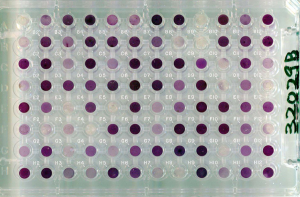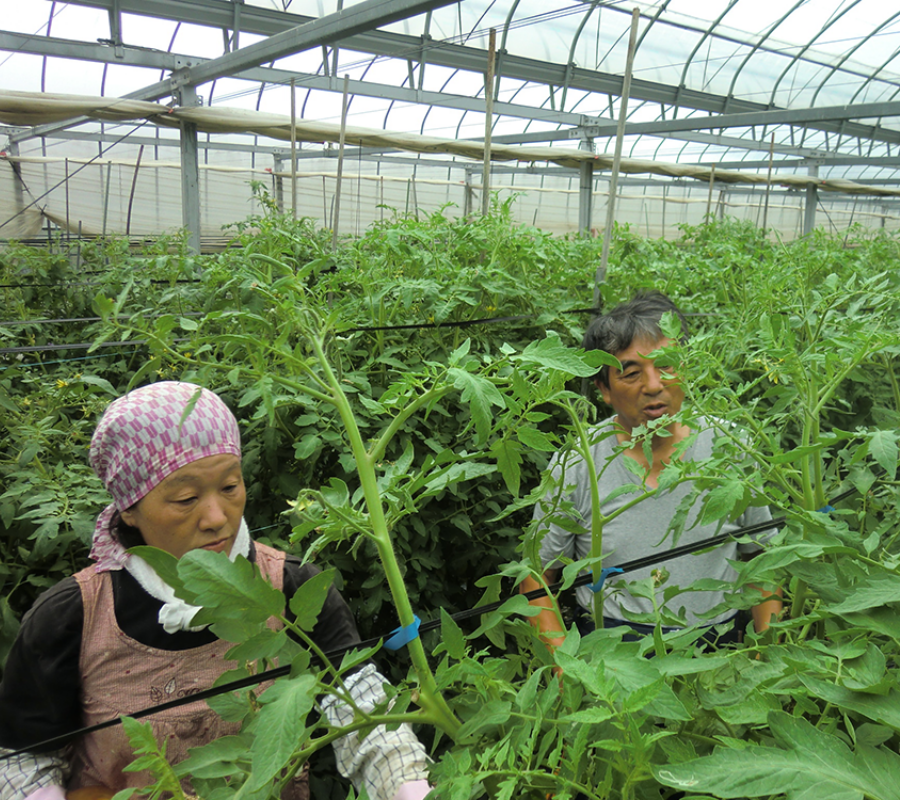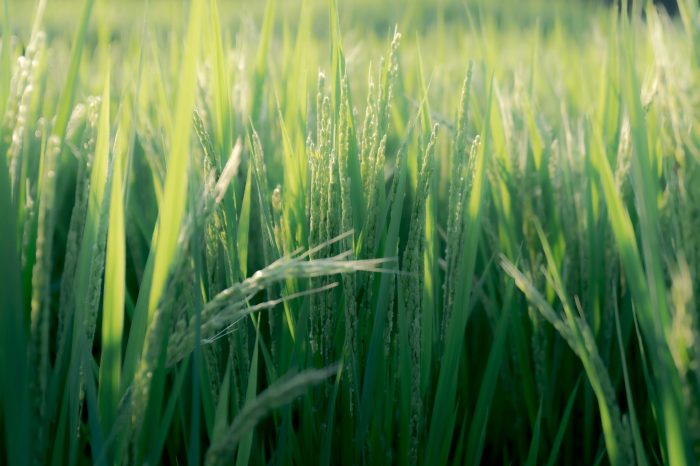Interview from 2011
Miyagi – Youetsu Sasaki
Mr. Yoetsu Sasaki, from Osaki City, Miyagi Prefecture, has conducted BIOTREX analysis four times over the past three years and is using the results in his farming. He is also the chairman of the National Eco-Farmer Network Council.
This time, Mr. Sasaki requested the analysis to be conducted on the first year’s field after maintenance. The value was more than 3 million, which is the highest level in the country. Mr. Sasaki stated, “I intentionally tried to increase the activity and diversity of soil microbes, and I am pleasantly surprised to see such a high value.”
We interviewed Mr. Sasaki, who continuously conducts BIOTREX analysis and uses it in agriculture, about his encounter with soil microbial diversity and activity value analysis and the possibility of future use.
Q. Please tell us what prompted you to start analysing the levels of microbial diversity and activity in the soil?
I have 4.5 ha of paddy fields and 70 acres of horticulture (20 acres of steel frame houses and 20 acres of pipe houses) and have been practising organic farming for over 10 years. Even before the BIOTREX analysis, I suspected that if there are many microorganisms in the soil of paddy fields, the water becomes murky and has a weed control effect. There are many creatures in the soil, and even if immature compost is added, it will decompose.
And I discovered the impact of microorganisms in the soil. I’ve always wanted a way to validate my work. About three years ago, the Japan Soil Association introduced me to the BIOTREX analysis, and I thought, “This is the analysis method I have been looking for!”
The diagnosis process is very interesting, and after repeating it several times, I learned how to increase the value.

A plate with the analysis result of Tajiri Eco Vegetable rice soil. As a result of taking care of nature and growing without pesticides and fertilisers, the value of the BIOTREX index was extremely high at 1,728,366.
Q. How are the results used?
This year we added rice bran, soybean waste and compost made of pig and chicken manure to the first year’s paddy fields. The water in the paddy fields was murky and there was little need for weeding. I had imagined that there would be a lot of microorganisms in the soil, and I am pleased that the high analysis values prove it.
In horticulture, soil diseases may or may not occur even when the same method is used. In this case too, fields that do not cause soil diseases have a higher value than those that do. In other words, the results of the BIOTREX analysis are useful for monitoring individual diseases. In my field, the results of soil microbial diversity and activity analysis are linked to farm management.
Q. Please tell us how you see the future of BIOTREX analysis?
Among the local producers, there are about 10 people who have the same understanding of BIOTREX analysis as I do. In the autumn I would like to do a chemical analysis of the soil and hold a workshop together with BIOTREX analysis.
Producers who practice conventional farming often have higher values than those who practice organic farming. These producers have good compost and water usage practices. There are about 20 organic farmers nationwide, so I hope that many organic farmers will use the BIOTREX analysis to verify the technology.


